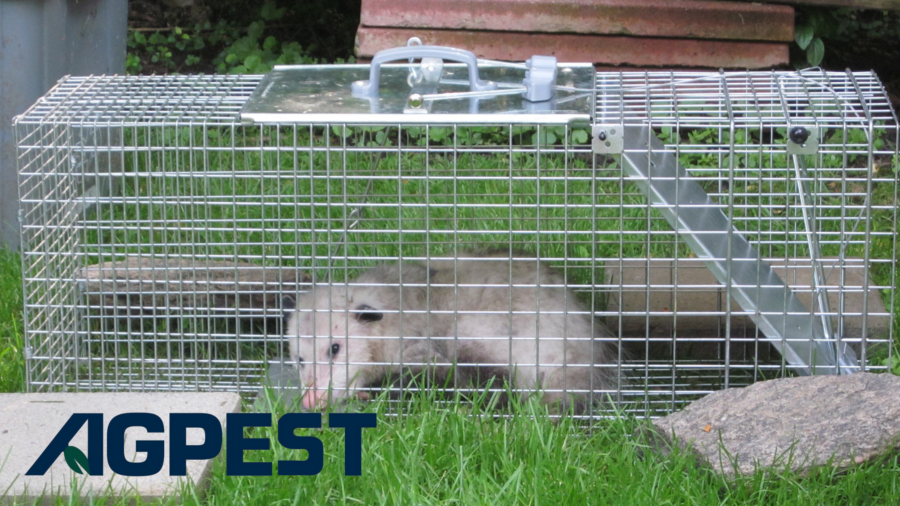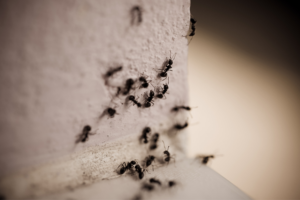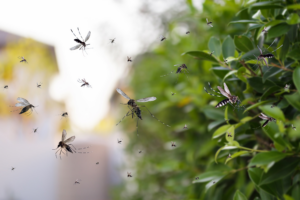San Diego’s diverse ecosystem is home to various wildlife species, which can sometimes become unwelcome guests in homes and properties. From raccoons rummaging through trash to birds nesting in chimneys, wildlife intrusions can cause damage and pose health risks. In this blog post, we’ll explore the common wildlife found in the San Diego area, the methods available for wildlife removal, and preventative measures to keep your property safe. If you’re facing a wildlife problem, our professional wildlife control services are here to help.
Common Wildlife in San Diego
San Diego’s climate and natural habitats support a wide range of wildlife, including:
- Raccoons: Known for their dexterity and curiosity, raccoons often scavenge for food in garbage bins and can find their way into attics.
- Squirrels: These agile creatures can damage roofs, wiring, and insulation when they nest in attics.
- Opossums: Often found rummaging through trash or seeking shelter under decks, opossums can be a nuisance around homes.
- Birds: Various bird species, including pigeons and sparrows, may nest in eaves, chimneys, or vents, causing structural damage and health hazards.
- Bats: While beneficial for insect control, bats can become a problem if they roost in buildings, posing health risks due to their droppings.
- Skunks: Skunks may dig under foundations or take refuge under porches, leaving behind a pungent odor.
- Coyotes: These adaptable predators can pose a threat to pets and livestock, especially in suburban areas.
Wildlife Control Methods
Effective wildlife control requires humane and ethical approaches that prioritize the safety of both the animals and residents. Here are the primary wildlife removal methods used in San Diego:
1. Exclusion Techniques
Exclusion is a proactive method that involves sealing entry points to prevent wildlife from accessing your home. This technique is highly effective for species like raccoons, squirrels, and bats. Wildlife control professionals will identify potential entry points, such as gaps in the roofline, vents, or chimneys, and install barriers like heavy-gauge mesh, chimney caps, or vent covers.
2. Humane Trapping and Relocation
For animals already inside your home or on your property, humane trapping and relocation are commonly used. Professionals set traps specifically designed for each species, ensuring the animals are captured safely without harm. Once trapped, the animals are relocated to a suitable habitat far from residential areas. This method is often used for raccoons, opossums, and skunks.
3. Bird Deterrents
Birds can be particularly challenging to manage due to their mobility. Bird deterrents, such as spikes, netting, or visual and auditory repellents, can discourage them from nesting on your property. These deterrents are effective for pigeons and other common nesting birds.
4. Bat Exclusion Devices
Specialized exclusion devices, such as one-way valves, allow bats to exit a building but prevent them from re-entering. This method ensures that bats leave human structures without harm and are not allowed to return. It’s a crucial step in addressing bat colonies in attics or other areas.
5. Habitat Modification
Wildlife control often involves modifying the environment to make it less attractive to animals. This can include securing trash cans, removing food sources, trimming trees and shrubs, and keeping pet food indoors. For coyotes, specific strategies may include fencing and securing livestock.
Preventing Wildlife Problems
Prevention is the most effective form of wildlife control. Here are some tips to protect your home and property from unwanted wildlife intrusions:
- Seal Entry Points: Regularly inspect your home for gaps, holes, or weak points, especially around the roof, foundation, and vents. Seal these entry points with durable materials.
- Secure Trash and Food Sources: Use wildlife-proof trash cans and avoid leaving pet food or birdseed outside. Clean up fallen fruit from trees.
- Maintain Landscaping: Trim tree branches away from your home and keep shrubs well-maintained to eliminate hiding spots for wildlife.
- Install Fencing: For larger wildlife like coyotes, consider installing a fence around your property to protect pets and livestock.
- Use Motion-Activated Lights and Sprinklers: These can deter nocturnal wildlife, such as raccoons and skunks, from approaching your home.
Professional Wildlife Control Services in San Diego
Dealing with wildlife intrusions requires expertise and experience. At AgPest, we specialize in humane and effective wildlife control methods tailored to the unique needs of San Diego residents. Our team of professionals is trained to handle various wildlife issues, ensuring the safety of your home and family.
If you’re experiencing a wildlife problem, don’t hesitate to reach out to us. Our experts will assess your situation and provide a customized solution to safely and effectively remove unwanted wildlife from your property. Protect your home and enjoy peace of mind with our reliable wildlife control services.



